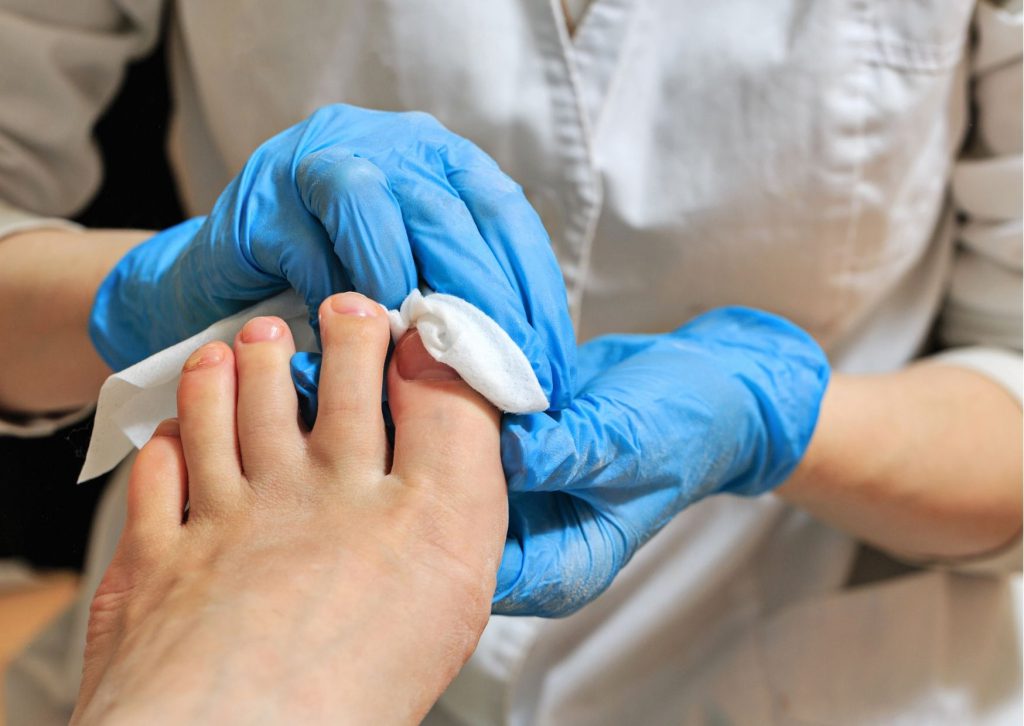Nail Accident: How to Prevent and Treat Common Injuries
Nail accidents are a common occurrence, and they can happen to anyone at any time. From a broken nail to a nail bed injury, nail accidents can be painful and unsightly. In this article, we will discuss the most common types of nail accidents and provide you with tips on how to prevent and treat them.
What causes nail accidents ?
1. Broken Nails
Broken nails are one of the most common types of nail accidents. They can be caused by a variety of factors, including trauma, dehydration, and exposure to chemicals. A broken nail can be painful and unsightly, but it can also be a breeding ground for bacteria and fungi.
2. Ingrown Toenails
Ingrown toenails occur when the edge of the toenail grows into the surrounding skin, causing pain, swelling, and redness. They are most commonly caused by wearing shoes that are too tight or narrow, but they can also be caused by improper trimming.
3. Nail Bed Injuries
A nail bed injury can occur when the skin beneath the nail is damaged. This type of injury can be caused by trauma, such as slamming a finger in a door, or by a fungal or bacterial infection. Symptoms of a nail bed injury include pain, swelling, and bleeding.
4. Hangnails
A hangnail occurs when a small piece of skin at the edge of the nail tears away from the finger or toe. Hangnails can be painful and can also be a breeding ground for bacteria and fungi.
How to prevent nail accidents
1. Practice Good Hygiene
One of the best ways to prevent nail accidents is to practice good hygiene. This includes keeping your nails clean and dry, trimming your nails regularly, and avoiding biting your nails
2. Wear Proper Footwear
If you are prone to ingrown toenails, it is important to wear shoes that fit properly. Shoes that are too tight or narrow can cause the toenail to grow into the skin, leading to an ingrown toenail.
3. Protect Your Nails
If you work with your hands, it is important to protect your nails from injury. This can be done by wearing gloves or other protective gear when necessary.
How to treat nail accidents
1. Broken Nails
If you break a nail, it is important to clean the area and apply a bandage if necessary. If the nail is bleeding, apply pressure to the area to stop the bleeding. Avoid biting or tearing the nail, as this can lead to further damage.
2. Ingrown Toenails
If you have an ingrown toenail, soak your foot in warm water for 15-20 minutes per day to help reduce swelling and pain. You can also use over-the-counter pain relievers to help manage pain. If the toenail is infected, you may need to see a doctor for antibiotics.
3. Nail Bed Injuries
If you have a nail bed injury, clean the area thoroughly and apply a bandage if necessary. If the injury is severe, you may need to see a doctor for treatment.
4. Hangnails
To treat a hangnail, clean the area thoroughly and apply a small amount of antibiotic ointment. Avoid biting or tearing the hangnail, as this can lead to further damage.
Accidents where nails can be created accidentally but there will be precautions and care to avoid nail accidents. We recommend the clinic “Seven Plus Clinic and D’Secret Clinic”. Don’t forget to get a consultation. And advice from a medical specialist by Dr. Marinya Pongpudpunth, a specialist doctor who should have worked for more than 15 years, certainly has medical equipment.
Education of Dr. Marinya
Pongpudpunth, MD.
- Hair Restoration Training, Korea (2015)
- Thai Board of Dermatology, Ramathibodi Hospital (2013)
- Board of Dematopathology, Boston University, USA (2009)
- Master of Science in Dermatology, Boston University, USA (2006)
- Doctor of Medicine, Mahidol University (2001)
- Nail surgery training
- Laser expert training
- Hair expert training
- Boton university usa
Work experience of Dr. Marinya
Pongpudpunth, MD.
- Lecturer, dermatologist Mae Fah Luang Hospital
- Lecturer, dermatologist Ramathibodi Hospital
- Dermatologist, Samitivej Hospital
- Dermatologist, Bangkok Hospital


























